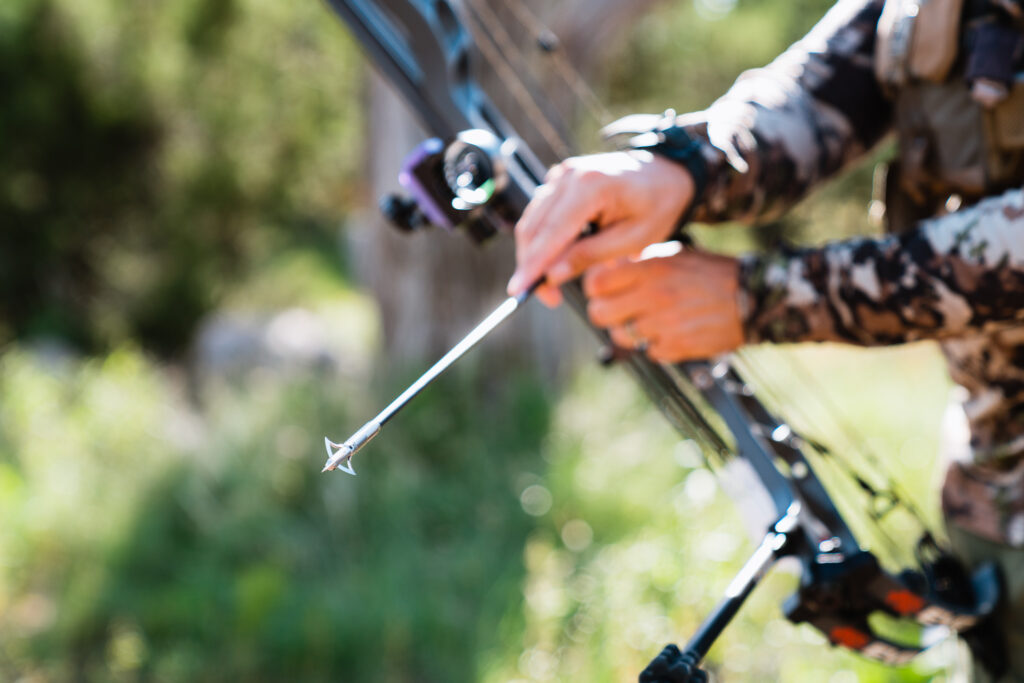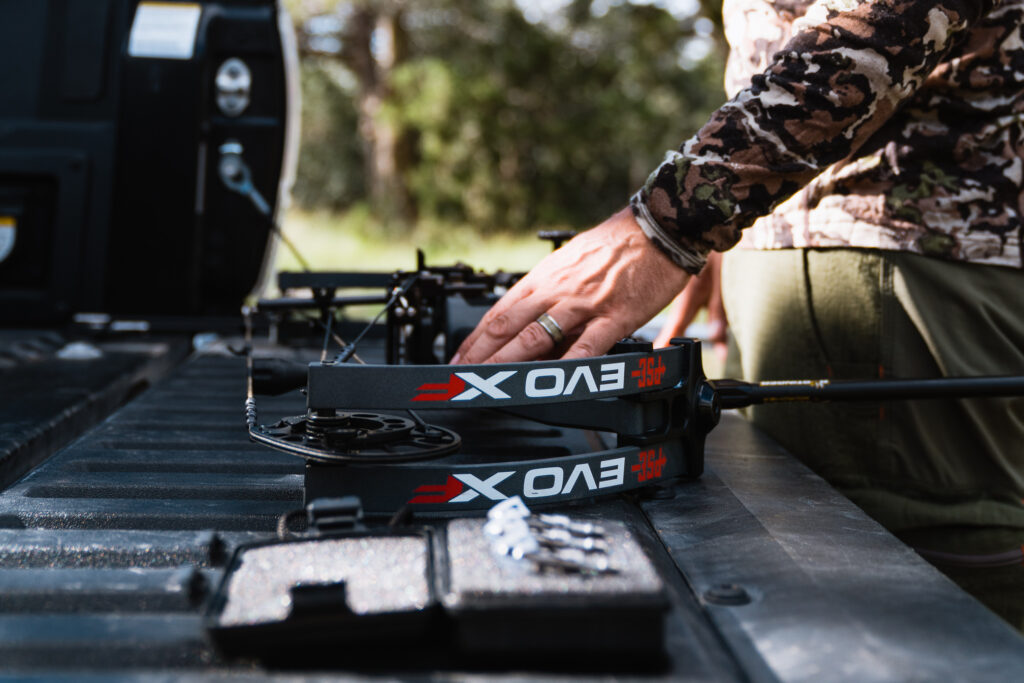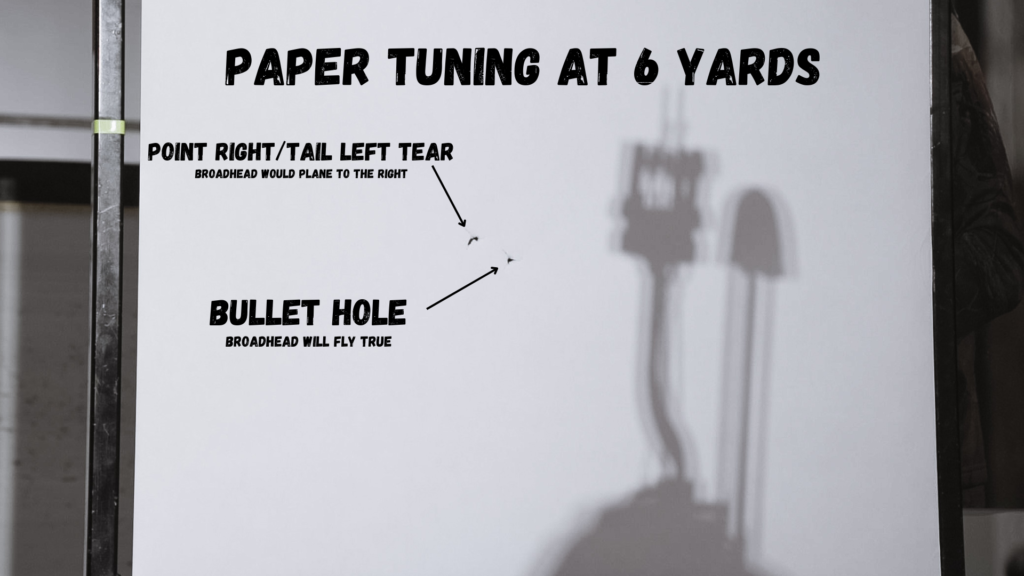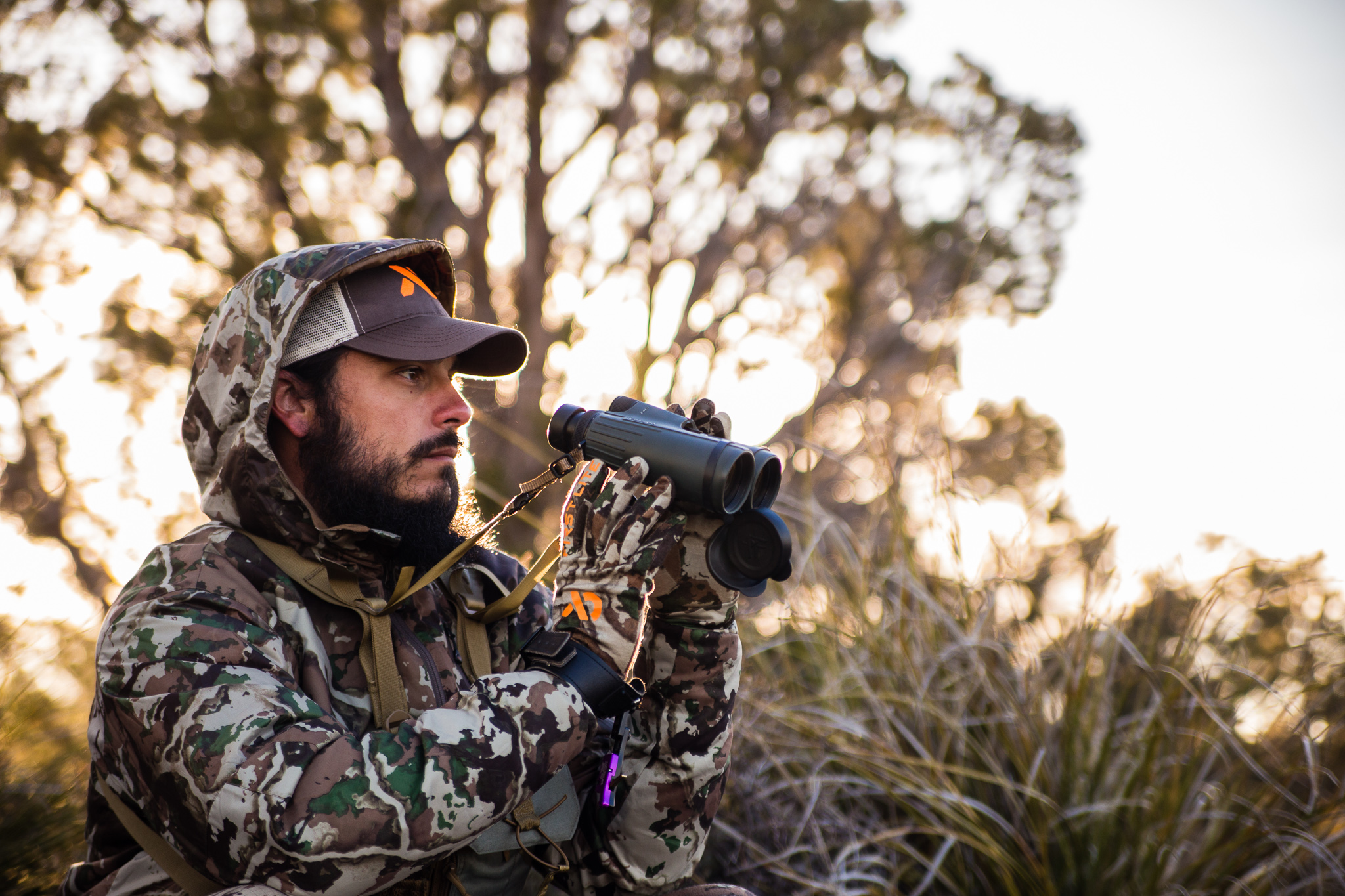
You’ve been lacing bullseye after bullseye most of the year with your bow. Confidence levels are at an all-time high as is the anticipation of the coming archery hunting season. In light of that, you finally pick up those broadheads and give em a whirl downrange. Suddenly, the confidence that once stood tall is squashed into the very ground you stand upon. While your field-tipped arrows rest in the bullseye they’ve grown to know so well, your broadhead-tipped arrow does not. It is the outlier in a suddenly uneasy situation. The reality of broadhead tuning is now present.

This is an issue that plagues bowhunters across the country at some point in their hunting career. Some will just readjust their bow sights so their broadheads are hitting where they want. Some will simply pick up a mechanical broadhead and call it good. And some will dive down a neverending rabbit hole of bow/arrow tuning methods. While some of this can pay dividends, most of it is just a band-aid.
The truth of the matter is, this is a real easy issue to remedy. With a few simple tips and calculated action, broadheads not hitting with your field tips is a non-issue.
Before we get into it, there are some of you that are probably wondering why simply readjusting your bow sight or using a mechanical isn’t the fix. While your arrows might go where you want, I guarantee you’re not getting optimal arrow flight by going these routes. When a broadhead doesn’t hit with our field tips, it’s a sign that something isn’t quite right. Whether it rests with our equipment or our shooting. Which means that consistency will lack. I’d also argue that these methods would rob you of penetration downrange. An arrow that isn’t flying straight and true is not one that is harboring a maximum amount of energy for impact.
First and foremost, we need to address our bow setup. If this is out of whack, then all we’re gonna end up doing is create a bald spot on our heads from all the scratching that will ensue. When I say “bow setup” I’m referring to your bow and your arrow build.

On the bow front make sure everything is as it should be. Your draw weight, draw length, etc. We need to know these things are true in order to move forward. Also, be sure to check for proper cam timing. This is a consistency thief and a surefire way to get inaccurate broadhead flight. Particularly up/down inconsistencies. Arrow contact is another thing. This is when your arrow brushes against something on your bow as it is being pushed forward by the string. If this is present, arrow flight will suffer greatly.
With the arrow, your arrow spine is king. And to be more specific the dynamic spine, which is the effect that your arrow components(point weight, vanes, nock, wrap) have on your arrow spine. For instance, adding more point weight will weaken an arrow spine and taking away point weight will stiffen arrow spine. An improperly spined arrow is notorious for broadhead flight issues. The best way to test for this in my opinion is by paper tuning.
Paper tuning sometimes gets thrown out the door by folks, but it really is a fantastic way to tell if our arrows are indeed flying true. A tear in the paper doesn’t lie. It is a visual representation of what is going on after that arrow leaves the string.

The best method I’ve found to do this is by paper tuning at two different yardages. Once at 3 yards and then again at 6 yards. The farther distance will magnify any issues not seen closer and help fine-tune. What we’re striving for here is getting a perfect bullet hole through the paper with a fletched field point. When I get that at both distances, I feel confident in putting money down that my broadhead will hit where I want.
On the tuning side of things, I know this might not be what some of you want to hear, but it’s all I do nowadays. I’m not walkback tuning, bareshaft tuning, group tuning, or “broadhead tuning.” I put that in quotations because all broadhead tuning really is, is achieving perfect arrow flight. Since I’ve started applying this paper tuning method, I haven’t had one issue with broadhead flight. It’s honestly been a relief and it instilled way more confidence in me.

Aside from the variables above, our form is also a variable in the mix. I’m not saying that you have to be the perfect archer and do everything by the book. What I am saying though is that you need to be consistent. Because consistent archery accuracy is all about being able to do the same thing over and over again. That’s it. It’s repeatability.
While there is a lot that we can do on our own with archery, I’d highly suggest that you get an archery coach to help out. There is only so much we can do via recording ourselves with a cell phone and watching it back repeatedly. A coach can help point out where you’re lacking and help you build upon your own style. This will only elevate your performance.
Some might argue with me on this, but I’m a firm believer that broadhead design matters. And the proof is in the pudding. Folks screw on a mechanical head because it has less surface area and is a lower profile. The result is that head has less influence on arrow flight. The vanes we put on the back of our arrows help steer them. Why wouldn’t vanes on the front(blades) do the same? And as you’d imagine bigger blades will steer an arrow even more, because they are catching more air. This is why bigger fixed-blade broadheads are notoriously harder to tune.
Another design feature I’ve seen influence arrow flight is vented heads vs non-vented heads. I like to look at this like a sail on a boat. A sail with holes in it will catch less wind than one without. Plain and simple. For that reason, I prefer a vented broadhead. Yes, there is more noise in flight, but accuracy to me is much more important.

Broadhead tuning doesn’t have to involve a bottle of Advil. Truth be told, it’s something that is vastly overcomplicated, and that’s kinda sad to me. Especially when I see newer bowhunters beating their head into the dirt over the whole thing. It’s definitely not motivating in the least and the one thing newer bowhunters need is motivation. So here it is. Shoot to the best of your ability. Take care of your bow. Believe in paper tuning despite what many say on the internet. Spend more time learning how to shoot and learning how to hunt. And above all else have a blast. Bowhunting is supposed to be fun, not a physics class. Now, go have some fun. You’ve got this.


Copyright 2019 Dialed In Hunter
Design by NXNW.